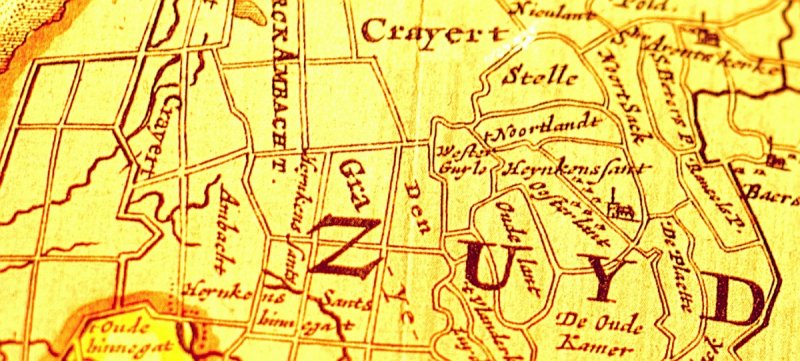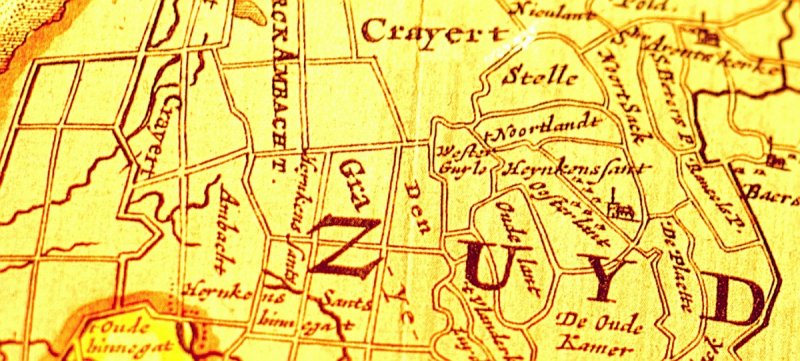Jürgen, Eduardo,
We did not do math all those years ago, we just looked at the pictures.....
Paul
Ok , Paul
No more maths . I agree .
I have been on the homepages of SCHNEIDER , RODENSTOCK and CARL ZEISS . The topic is very interesting but also very complex and I did not understand everything . Not neccessary .
The SCHNEIDER article is rather scientific , with formulas etc. while what I found for RODENSTOCK (LINOS) is more practical .
Like : the RODENSTOCK APO-SIRONAR DIGITAL is designed for a pixel raster of 9 microns while the APO-SIRONAR DIGITAL HR is designed for a pixel raster of 5-12 microns . This lens family now has a new name and is called HR DIGARON .
For the ZEISS lenses I could only find the info , I posted earlier .
200LP/mm for the BIOGON and the latest 40mm DISTAGON .
Carsten
Yes I was surprised about the 200LP/mm as well , but you can find that on the CARL ZEISS home page .
Up to now , and I did not do testshots with all my lenses and CFV , I could not see any weekness and found that for a pixel raster of 9 microns of the CFV BACK the CZ lenses must have the required resolution .
Additional to that , we know that the H-SYSTEM digital backs have a smaller pixel raster than 9 microns , but HASSELBLAD supplies a CZ lens adapter .
That means to me , that at least some CZ lenses must be good enough for pixels less than 9 microns .
Is there any restriction mentioned with that adapter ?
Also , I have learned , that the human eye can only resolve 6LP/mm .
So , if you have the best of available resolution for your lenses and digital backs , your printer must be of the finest as well .
Our eyes will not be able to see the quality of the resolution , but we will see the contrast , which is part of the game .

